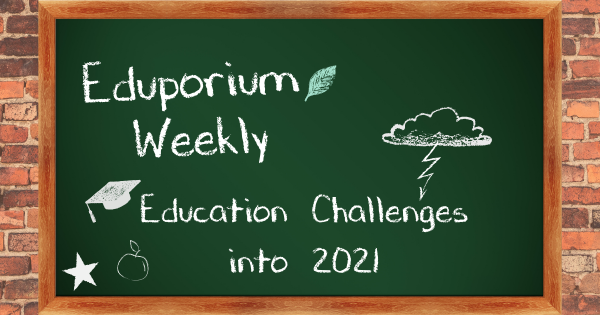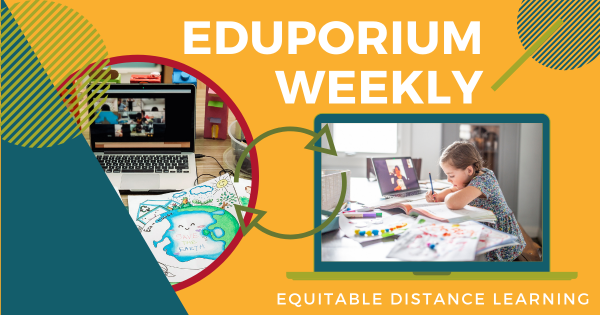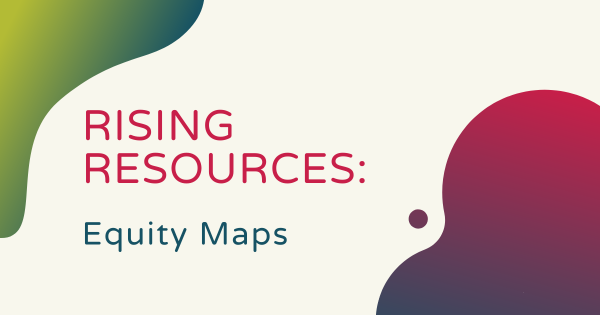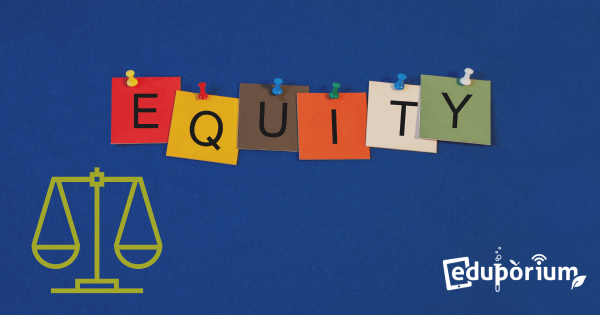According to the broad acceptance of how learning loss is defined, a large percentage of students will be affected. In order to begin truly addressing this gap, however, teachers might be better off starting with SEL to allow students the chance to adjust and process emotions. From there, they can get in better position to address academics.
Equity
In terms of offering students the experiences and resources they need, equity has emerged as a huge focal point. With equity concerns in education that were exacerbated by the pandemic, school leaders began realizing just how uneven some aspects of learning were for some students. Not every child in every area has access to the same learning opportunities—especially pervasive in STEM education. And, though varying (and sometimes unavoidable) factors create these inequities, they can substantially affect the children involved. Thankfully, many 21st century educational technology solutions now also have built-in features for advancing equity. While remote learning is behind us, we learned so much during that time. It's crucial that both teachers and officials come together to always remember that every student's situation is different. In doing this, it is easier to consider equity factors all the time.
Some have full access to tech tools and the Internet, some learn more quickly than others, and some even have different levels of tech proficiency, which all contribute to positive classroom experiences. At the same time, technology can serve as a powerful equalizer in education that breaks down barriers and strengthens equity. Access to digital resources often helps bridge the digital divide, simultaneously unlocking opportunities for more relevant learning and personalized instruction. By fostering level playing fields, technology ensures that children, regardless of existing socioeconomic factors, can access quality educational content, collaborate on projects, and develop crucial digital skills. This, in turn, will promote a more equitable and inclusive learning environment. And, with fewer barriers, all kids can enjoy success. Explore some of our content below and how it can help advance equity in your school.
-
Eduporium Weekly | Challenges Around Education In 2021
Many of the insights we’ve gained about education amid the pandemic are lessons most of us wouldn’t have thought we would need to learn but they have become very valuable. Now, educational leaders are dealing with the prospect of carrying over these insights as they create meaningful student experiences while also trying to apply new knowledge going forward. -
Eduporium Weekly | More Equity In Distance Learning
For thousands of children, physically attending school in person is the only notable way they can connect with others. It may be because they’re living in very rural areas without guaranteed Internet access or they may struggle with economic limits that prevent them from paying for an Internet plan but these newly illuminated inequities in remote learning aren’t really new. -
Eduporium Featured Educator: Carla Neely
As a science teacher, Carla has made use of the STEM framework when it comes to instruction in the classroom. Instead of having her students write a written report on a bridge found somewhere in the world, for example, she found it more engaging to have students use a blueprint and build the bridge that they are researching themselves. -
Eduporium CEO on BLM March: It’s a Teaching Opportunity
For Rick, participating in something of so much significance provided a great teaching opportunity for him and a great learning opportunity for his two young children. Shortly after the march, Rick spoke with a reporter from the Boston Business Journal and they published the dialogue of the interview earlier this week. -
Rising Resources | Equity Maps + Participation
It really didn’t take very long for us all to recognize (or remember) how fully equitable access to technology isn’t always guaranteed. While equity is the topic for this week’s Rising Resources blog, we’re stepping a bit back from talking about it in the sense that it’s been talked about over the last couple of months and introducing you to -
Eduporium Weekly | Talking About Tech Equity
In the last few years, more focus has been put on digital or technological equity and a strong push has been made to ensure that every student has access to tech tools that help them grow. This is important not only because technology affords students with enriched opportunities, but it also helps prepare them for a lot of the challenges -
Eduporium Weekly | Discussing the STEM Gender Gap
Despite conscious efforts from school and educational leaders, it’s tough to get girls as interested in STEM as their male counterparts. In fact, a great deal of female students lose interest by the time they’re in third or fourth grade. Why this may be is anybody’s guess, but some of the top reasons include the belief that they’re not as -
CS Ed Week Is Not Complete Without Getting Girls Involved
Coding is a skill that’s going to be extremely relevant for everybody in the future and something that all students need to experience from the onset of their education. And, yes, this includes girls. For whatever reason—many of which we’ll get into later—girls seem to lack the same interest boys have in STEM education but we can do something about -
Eduporium Weekly | Tech for All, All for Tech
There’s so much that goes into a successful EdTech rollout and not all of it comes from the effectiveness of the products. We’ve outlined how to use technology to create the most memorable learning experiences possible and who teachers should connect with in order to become tech teaching experts! Explore that and more in this week’s post.













